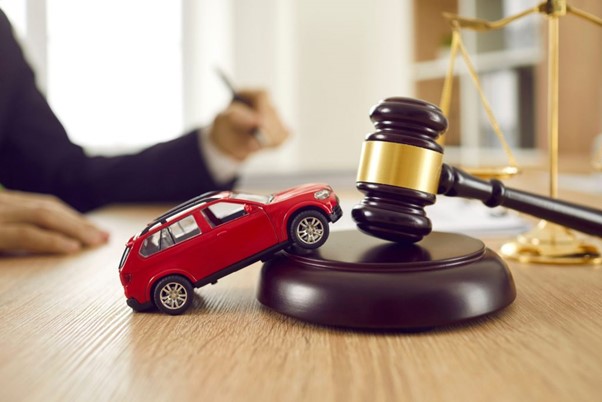
Intersections are among the most complex and high-risk areas on the road. These traffic junctions require drivers to navigate signals, signs, pedestrians, and vehicles coming from different directions—all while making split-second decisions.
Statistics show that many car accidents occur at intersections due to driver errors, misjudgments, or distractions.
If you've been involved in such an incident, consulting a car accident attorney in your area is important. They can assist you in understanding your rights and legal options.
Intersections pose inherent dangers due to the convergence of multiple roads and traffic patterns. These points are prone to accidents due to the following factors:
Understanding these factors is essential to mitigating the risks at intersections and ensuring everyone's safety.
Different types of accidents can occur at intersections, and knowing about them can help drivers remain vigilant. The most common types include:
When approaching and navigating junctions, vehicles should follow these recommended practices to reduce risks:
Stay Alert: Keep distractions to a minimum and pay close attention to traffic signals and surrounding vehicles.
Adhere to Traffic Rules: Obey signs, signals, and right-of-way regulations to avoid conflicts with other road users.
Proceed With Caution: Even when you have the right of way, double-check for vehicles or pedestrians that might not stop.
Use Turn Signals: Clear communication with other drivers is vital when making turns or lane changes.
Maintain a Safe Distance: Avoid tailgating, especially in areas where sudden stops are likely.
Some intersections may be particularly difficult, including those with high traffic or poor visibility in rural areas. Drivers should become knowledgeable about these situations and modify their strategy as necessary.
Navigating intersections safely requires awareness, compliance with traffic laws, and proactive decision-making. Your responsibility as a driver is to take all reasonable precautions to avoid collisions and keep you and others safe.
Remember that an extra second of caution at an intersection can make the difference between a safe trip and an accident that could change your life. Therefore, when approaching crossroads, always be on your guard, observe traffic laws, and be considerate of other drivers.